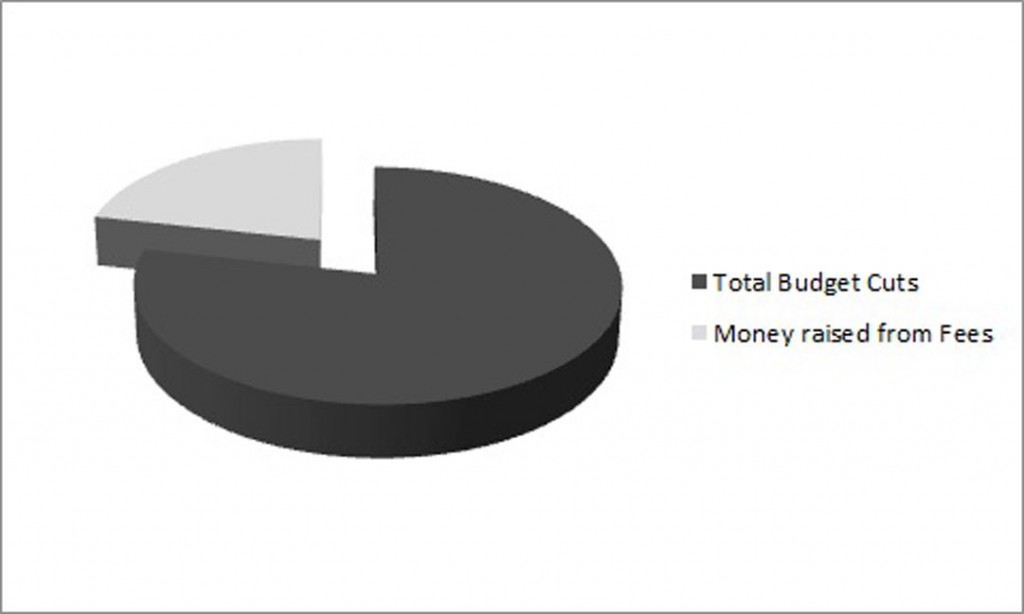If you’re worried about the upcoming fee increase from $26 to $36 per unit, brace yourself because this could be just the beginning.
In the next year or so, Skyline and other community colleges are facing even more cuts, which will affect the students. It is possible that cuts will go so deep that student fees will get even higher in the coming year.
In 2009, Governor Arnold Schwarzenegger imposed a set of sales and personal-income tax increases as well as a vehicle-license fee increase. These tax increases are set to expire on June 30, 2011, which is approaching quickly. Governor Jerry Brown is urging voters to extend these taxes in a vote on June 7, a move that he sees as crucial to our education system.
Brown has expressed the desperation with which he is proposing these tax extensions. He has said that without the revenue from these taxes, further cuts will have to be made in all areas. One such area is higher education.
Chancellor Ron Galatolo of the San Mateo County Community College District is very concerned about the potential impact on the three schools in the district. Four hundred million dollars has already been cut from the California community college budget, with roughly 2% of that coming directly from this district. In a meeting earlier this month with California legislators in Sacramento, Galatolo learned that things were likely to get worse before they get better.
” T h i s only solves about half the budget problem,” Galatolo said. The chanc e l lor reports that if the state doesn’t receive the tax revenue it needs, Brown will try to pass an all-cuts budget. In that case, the California community college budget would be cut by an additional $400 million. That number is frightening, but Galatolo said something of that magnitude is not likely.
“In talking to legi s l a t o r s , they’ve indicated that they think the number is going to be more like $200 million,” Galatolo said. While that is better news, the chancellor said that the legislators “also indicated that the fees would probably go from $36 to $46.”
This news is troubling for many students who could see their fees go up $60–$100 per class over the next year or so. For full-time students with 12 units or more, this is at least a $240 increase per semester (not including the fee increase already in place for next semester).
The purpose of these fee increases is to lessen the blow of the cuts that have been made and of future reductions that can only be expected. Since raising enrollment fees from $26 to $36 per unit, the state expects to make about $110 million. When that is subtracted from the $400 million in cuts, the state is looking at about a $290 million reduction.
The plan is the same if the fees are raised again. In the event that another $200 million or so is cut from the state’s community college budget, the subsequent fee increase from $36 to $46 is expected to raise an additional $100 million. This money will be used to offset the further reductions to our budget.
This is a critical time in our state’s capital. There are many solutions to the budget crisis, but none of them are desirable. However, the first deadline to have a budget in place has already passed, and something must be decided in order to move forward.









